
The Fashion Evolution of Sailor Moon’s Iconic Outfits
Sailor Moon, the beloved anime and manga series created by Naoko Takeuchi, has captivated audiences since its debut in the early 1990s. One of the most striking aspects of the series is the evolution of its characters’ outfits, particularly those of the titular character, Usagi Tsukino, and her fellow Sailor Guardians. This article explores the fashion journey of Sailor Moon, highlighting how her iconic outfits reflect not only her character development but also broader trends in fashion and culture.
The Original Sailor Scout Uniforms
When Sailor Moon first graced our screens, her outfit was a blend of traditional Japanese school uniforms and whimsical elements that defined the magical girl genre. The classic sailor suit, complete with a pleated skirt and oversized bow, became an instant symbol of the series. Each Sailor Guardian had a unique color scheme and accessories that represented their individual powers, creating a visually striking ensemble that resonated with fans.
The original designs were characterized by their simplicity and charm. The use of bright colors and bold patterns made the characters easily recognizable, while the sailor collar added a touch of nostalgia. This combination of elements not only appealed to children but also attracted older audiences who appreciated the blend of innocence and empowerment.
The Shift in Style: 1990s to Early 2000s
As the series progressed, so did the fashion of Sailor Moon and her friends. The late 1990s and early 2000s saw a shift towards more elaborate and detailed designs. The introduction of new characters and transformations brought about a variety of outfits that showcased intricate patterns, layered fabrics, and unique accessories.
During this period, the influence of Western fashion trends became more apparent. The characters began to sport more contemporary styles, incorporating elements such as crop tops, platform shoes, and statement jewelry. This evolution mirrored the changing tastes of the audience, as young viewers were increasingly drawn to fashion that reflected their own lives and aspirations.
The Modern Revival: 2010s and Beyond
With the resurgence of Sailor Moon in the 2010s, particularly through the reboot series “Sailor Moon Crystal,” the fashion of the characters underwent yet another transformation. The updated designs retained the essence of the original outfits while incorporating modern aesthetics and technology. The use of digital animation allowed for more fluid and dynamic representations of the characters’ movements, enhancing the visual appeal of their outfits.
In this new era, the outfits became more diverse, reflecting a broader range of styles and influences. The characters’ transformations showcased a mix of traditional and contemporary fashion, with elements such as high-fashion silhouettes, streetwear influences, and even cosplay-inspired designs. This evolution not only appealed to long-time fans but also attracted a new generation of viewers who appreciated the blend of nostalgia and modernity.
Conclusion: A Lasting Impact on Fashion
The fashion evolution of Sailor Moon’s iconic outfits is a testament to the series’ enduring legacy. From the classic sailor suits of the 1990s to the modern interpretations seen in recent adaptations, the outfits have continually adapted to reflect changing cultural and fashion trends. Sailor Moon has not only influenced the magical girl genre but has also left a lasting mark on the world of fashion, inspiring countless designers and fans alike.
As we celebrate the journey of Sailor Moon’s fashion, it is clear that these outfits are more than just costumes; they are a reflection of empowerment, individuality, and the timeless appeal of magical girl aesthetics. Whether through cosplay, fashion collections, or everyday wear, the spirit of Sailor Moon continues to inspire and resonate with audiences around the world.
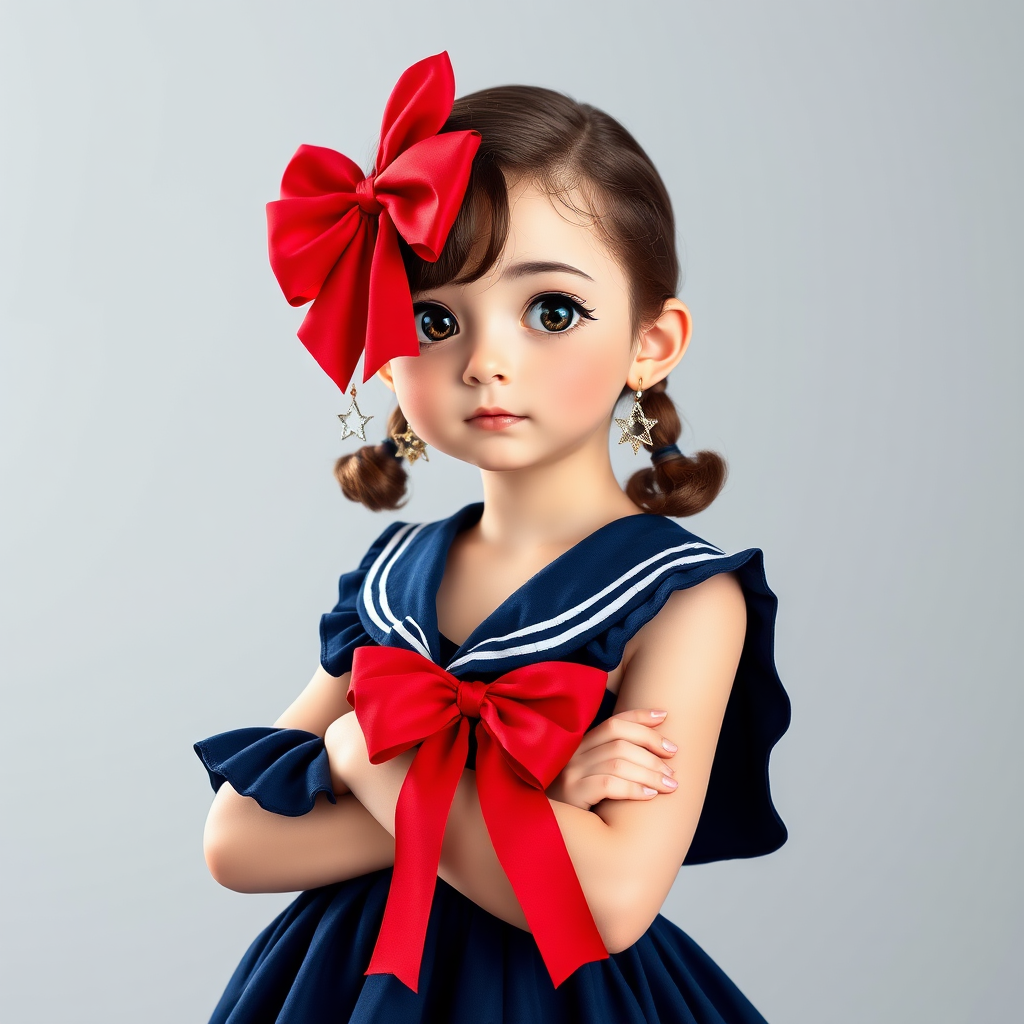
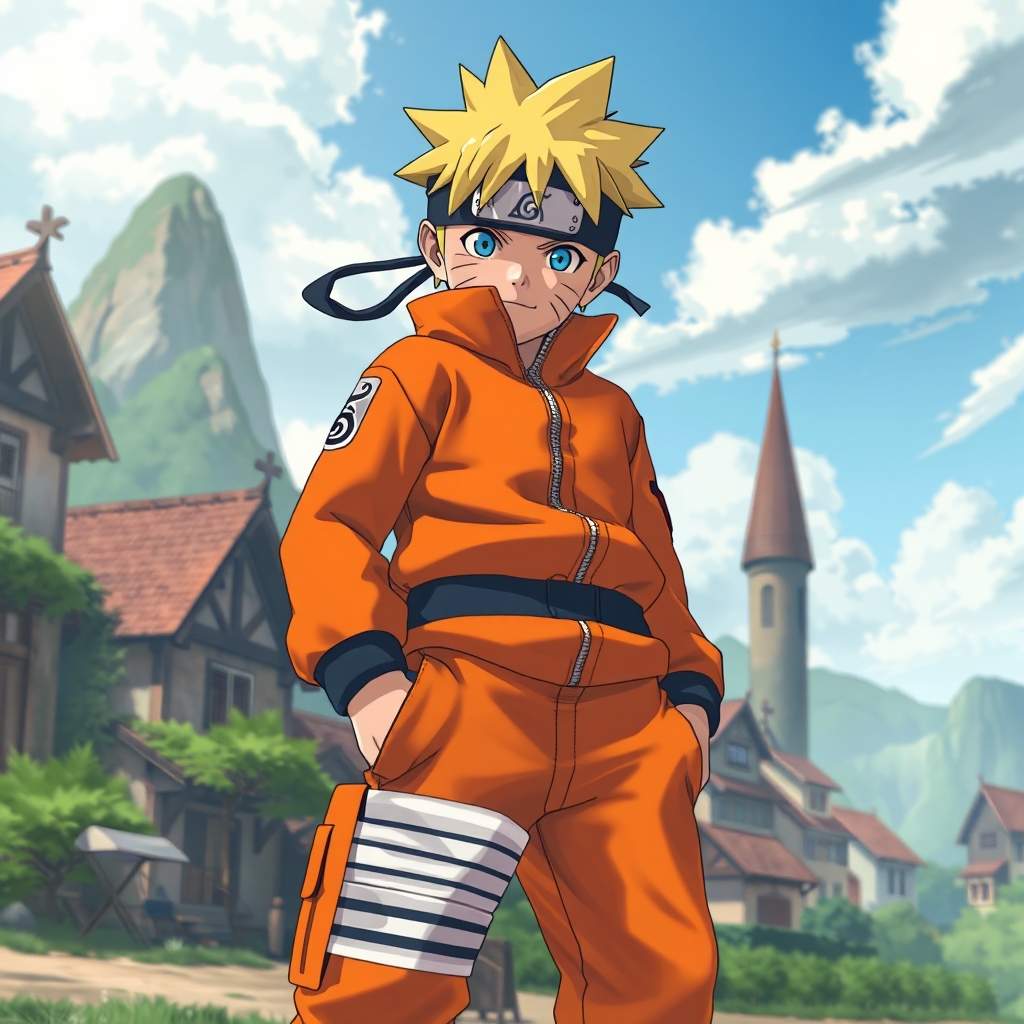
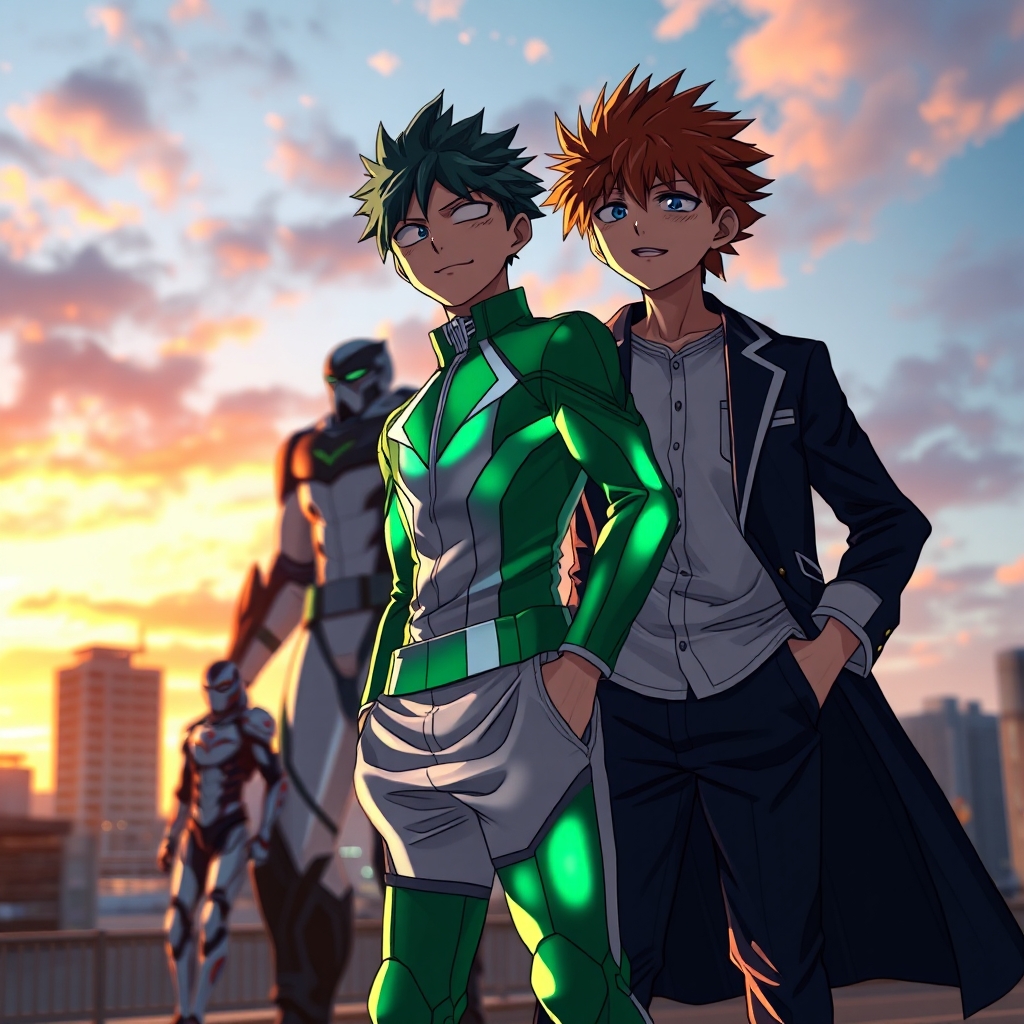

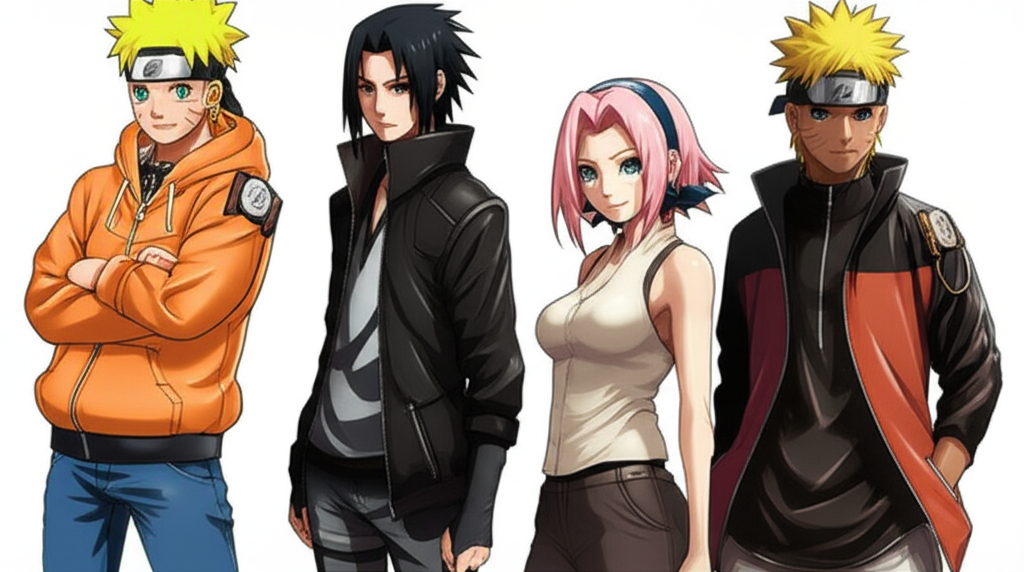
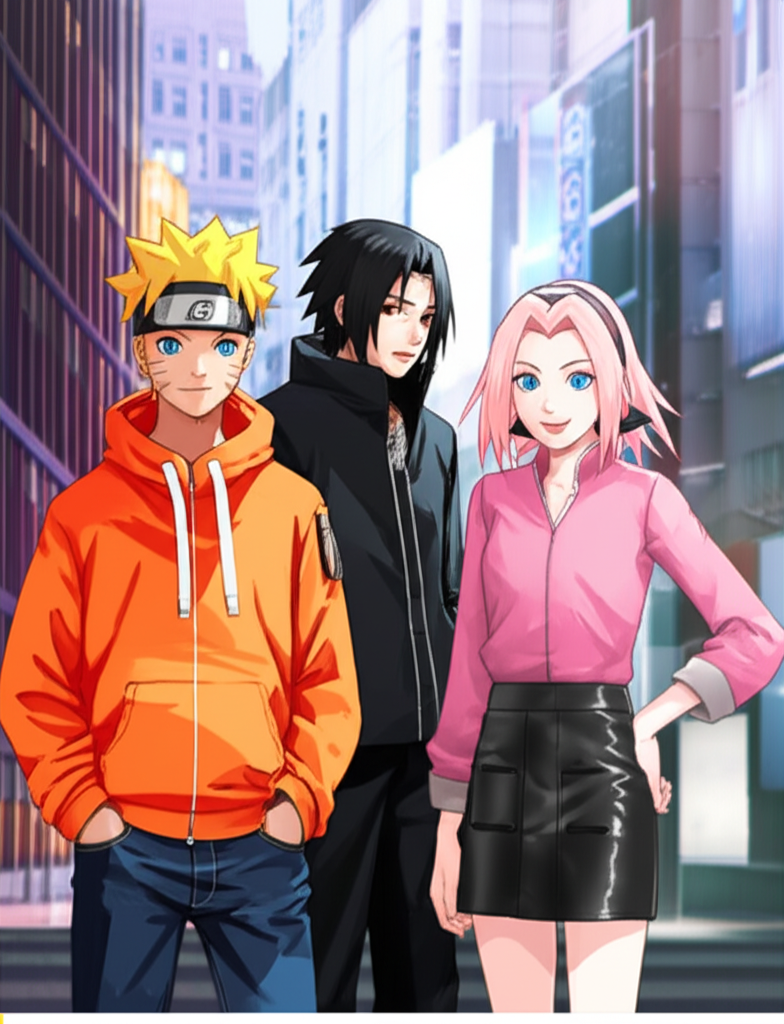
Latest Reviews